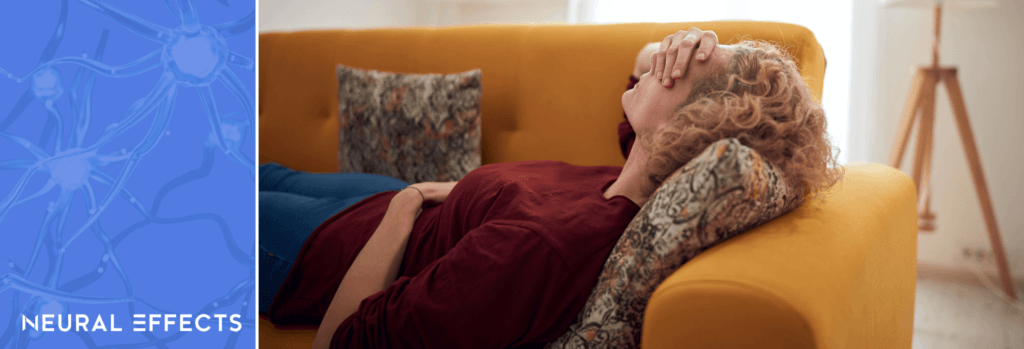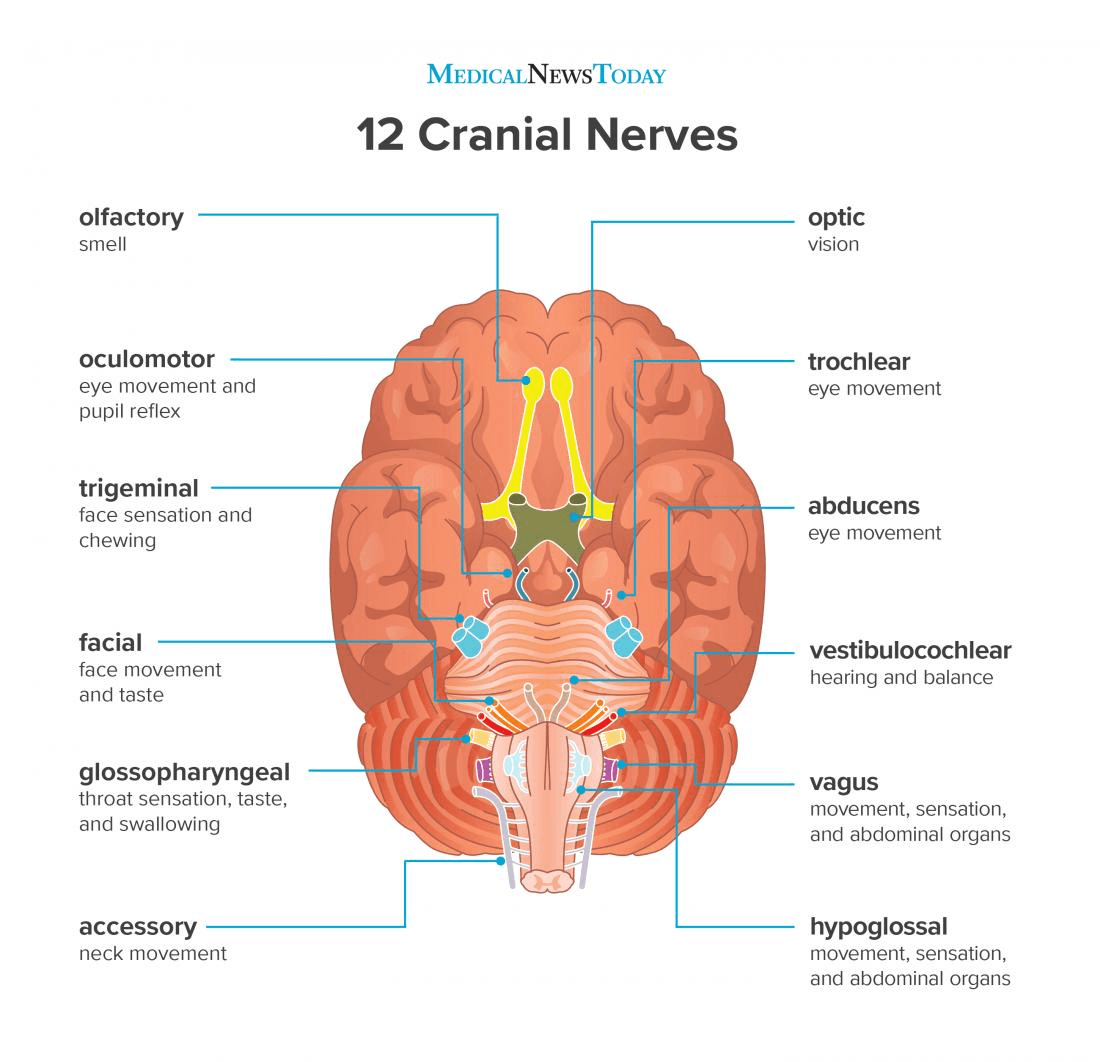It’s always important to seek a concussion diagnosis, particularly if you’re struggling with symptoms such as persistent headaches, dizziness, brain fog, vision changes, or memory loss. Getting a diagnosis early means you can pursue concussion treatment earlier. Good concussion treatment can help you recover more quickly and reduce your chances of developing persistent concussion symptoms (a long-term condition known as post-concussion syndrome).
If you’ve suffered an incident that may have caused a mild traumatic brain injury (mTBI), seek an assessment from trained healthcare professionals who specialize in diagnosing and treating concussions. Often, the best place to get a concussion diagnosis is a concussion clinic like Neural Effects. The best care providers offer a series of cognitive and physical tests, including a neurological exam, a balance test, a vision exam, and more.
Since concussions can affect many aspects of brain function, assessing and monitoring the concussion through more than one test is the best approach. It’s also best if the team that diagnoses you is able to monitor you during treatment. They’ll have a fuller picture of your progress and can more easily adjust course when needed.
So how do you know when to get a concussion diagnosis? We’ll explain…
- What the best concussion treatment protocols involve (including the regimen we use at Neural Effects)
If you live in Provo, Salt Lake City, or anywhere else in the Utah Valley area, we can help you recover from your concussion and reduce your chance of long-term symptoms. We are in network for most types of medical insurance. Schedule your evaluation today.
Symptoms of a Concussion
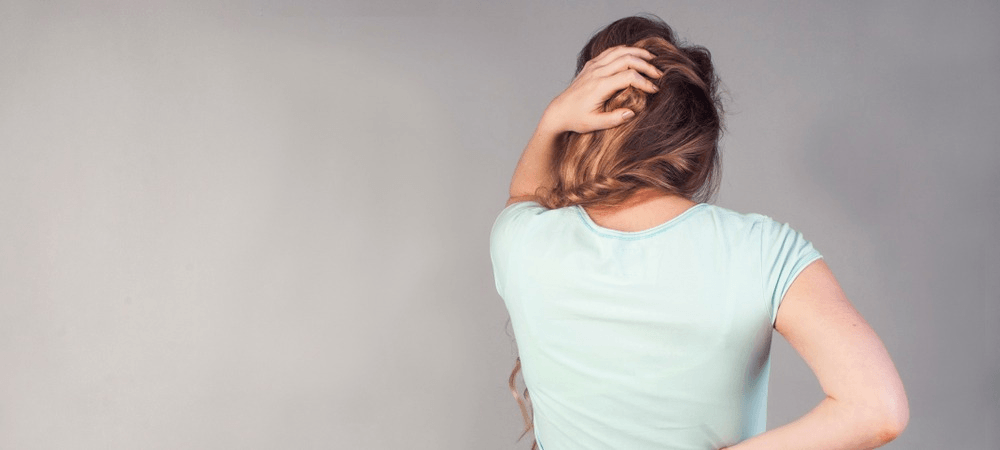
A concussion is caused by a blow, bump, or jolt directly to the head or by an impact elsewhere on the body that causes the brain to bounce or twist inside the skull. A concussion doesn’t require a direct blow to the head — you can even get a concussion from whiplash.
The best way to identify a head trauma is to monitor for specific symptoms after the injury (keep in mind that young children may have a hard time reporting their symptoms). The more symptoms you have after a concussion that you didn’t have before the concussion, the more likely it’s a concussion. Note that every patient is different; some symptoms will develop straightaway while others may take a few hours or days to appear.
Common symptoms and signs of a concussion include:
- Headache that gets worse, does not go away, or comes and goes
- Pressure in the head
- Dizziness
- Nausea or vomiting
- Sensitivity to light or noise
- Blurred vision or double vision
- Brain fog
- Difficulty concentrating
- Feeling irritable or emotional
- Feeling dazed and confused
- Loss of consciousness
- Short term memory loss
- Slurred speech
- Poor coordination
- Balance problems
- Brain fog
If you’re experiencing any of the following symptoms after your head injury, seek medical attention at your nearest emergency department or call 911:
- One pupil larger than the other
- Drowsiness
- A headache that gets worse and does not go away
- Slurred speech
- Numbness and decreased coordination
- Repeated vomiting or nausea
- Convulsions or seizures
- Unusual behavior, including increased confusion or agitation
- Loss of consciousness, even if only briefly
- Loss of memory or other memory problems after the event
- Severe dizziness and loss of balance
- Clear, watery discharge from the nose or ears
- Bloody discharge from the ears
- Double vision
- Personality changes
If you start experiencing any of these symptoms within 24 hours of a traumatic brain injury (TBI), go to the emergency room even if you didn’t have any symptoms at the time of injury.
How to Get a Concussion Diagnosis

Given the absence of a single diagnostic test for concussion, medical practitioners should look at the various signs and symptoms experienced by patients after a brain injury to diagnose a concussion. This is done using multiple evaluation tools, including symptom checklists, balance testing, and neurocognitive assessments. Some healthcare providers also use diagnostic imaging to rule out more serious head injury.
This is the approach we follow at Neural Effects to diagnose a concussion. Typically, our assessment and concussion testing includes a combination of symptom self-reporting, medical history review, neuropsychological testing, and physical examination.
Post-Concussion Symptom Scale (PCSS)
To start our concussion assessment, we ask our patients what symptoms they’re experiencing, from headaches and blurred vision to dizziness and memory loss. We find that many of our patients experience a wide range of symptoms, not just one or two. We give patients a checklist of symptoms, and ask them to rate each one on a 7-point scale (0 – no symptoms; 6 – severe symptoms).
This checklist reveals important information about how the concussion may have affected your brain and the results are used to decide which therapies are best to ensure your recovery. For example, if you report several symptoms involving your vision, including blurred and double vision, our team can focus more on vision therapies during your treatment.
Medical History Review
During our assessment, we also go over your medical history. This is crucial if you have a pre-existing condition that may affect how your brain reacted to the concussion. For example, if you were already suffering from depression, the brain injury may make your symptoms worse.
Your medical history is also relevant if you have any injuries that may affect what types of exercises you can do during treatment. For example, if you have a knee injury, our therapists will avoid exercises that put too much strain on your knees.
For professional athletes, we will also ask for your baseline testing results to compare cognitive values before and after the concussion. This testing is typically done at the beginning of the season before any injuries occur and repeated again in case of a concussion.
Cranial Nerve Exam
A set of 12 cranial nerves in the brain give movement and sensation to your eyes, ears, nose, mouth and face. Because these nerves are found in different locations in the brain, detecting any related issues can be useful to identify which areas of the brain were affected by the concussion.
This assessment is particularly important for patients experiencing mild symptoms because it can detect subtle signs of brain injury that would otherwise be missed.
Balance Error Scoring System (BESS) Test
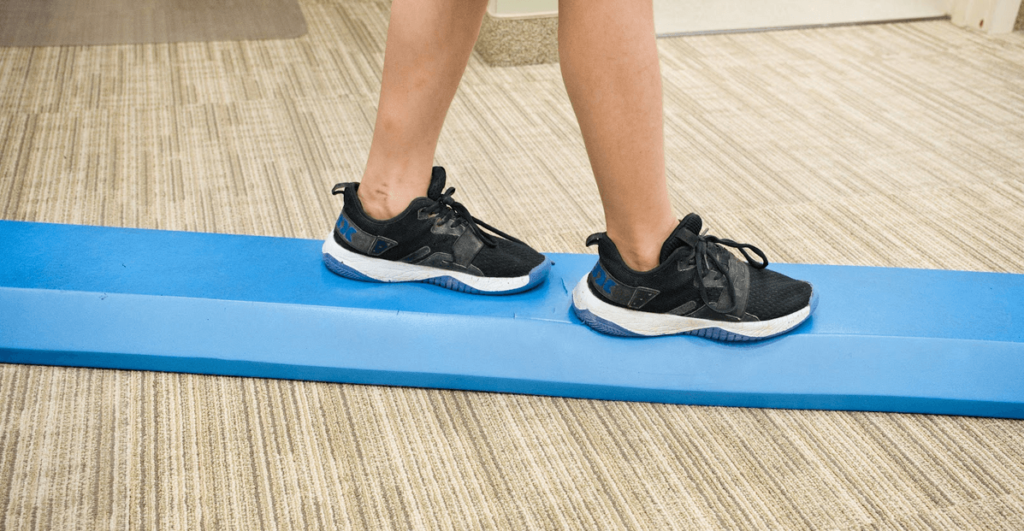
It’s common for patients to report that they feel dizzy or off balance after a concussion. To assess how your concussion is affecting your balance and coordination, we carry out a Balance Error Scoring System test. If you watch sports, you may have seen team doctors or coaches perform this physical exam on players with suspected concussions.
The test includes three positions: standing normally, standing on one leg, and standing with one leg in front of the other. Patients must stay in each position with their hands on the hips and eyes closed for 20 seconds on a firm surface and then on a foam surface, for a total of six test stances. A study found that these positions were the best to differentiate healthy participants from concussed patients.
Our therapists watch you perform the test and count how many “errors” you make, such as opening your eyes, stepping to regain balance, stumbling, or lifting your feet.
Vision Test
We also test your vision during our assessment. Vision problems after a concussion are extremely common, and may include changes to peripheral vision, the ability to focus, and blurred vision, to name just a few.
Cervical Spine Exam
The cervical spine exam involves the physical assessment of the patient’s bones and soft tissues around the neck, spine, arms, and hands. This exam is done through touch and palpation. Tenderness may indicate vertebral or soft tissue injury, such as cervical strain, ligament damage, fractures, or herniated discs. These types of neck and back injuries are most likely to occur with severe brain injuries, but can also happen after whiplash. This is a common occurrence after motor vehicle accidents, especially for passengers not wearing a seat belt.
In addition, if you already have a back disorder, head injuries may make your symptoms worse by putting more strain on the vertebrae, and resulting in possible disk bulging or herniation.
Medical Imaging
Traditional imaging techniques, such as standard computed tomography (CT) and magnetic resonance imaging (MRI) can be used to identify severe head and brain injuries such as skull fractures, brain swelling, and bleeding. These scans are most important for patients who suffered an injury at high speed, such as being thrown through the windshield during a car accident or being hit as a pedestrian, and for patients demonstrating the warning signs mentioned before (seizures, discharge from ears, etc.).
These imaging tools can be useful for some patients with a brain injury, but they cannot actually diagnose a concussion. As such, we do not automatically refer patients for medical imaging. In fact, the American Academy of Neurology recommends that CT scans should not be used in the absence of signs or symptoms indicating serious traumatic brain injury to avoid unnecessary exposure to radiation. However, if you have already undergone a CT scan or MRI of the brain, we will review the results as part of your medical history.
Further reading: Why CT scans don’t show concussions
Newer imaging techniques — such as magnetic resonance spectroscopy, positron emission tomography, single-photon and emission computed tomography — can be used to track metabolism and blood flow, which in theory should help to diagnose a concussion. Although such techniques may become useful in the future for diagnosing concussions, at the moment they have not been validated for clinical use in diagnosing acute concussion. But alternative imaging methods may be very beneficial in pediatric concussion if it is made more widely available.
Diagnosing Concussions in Athletes
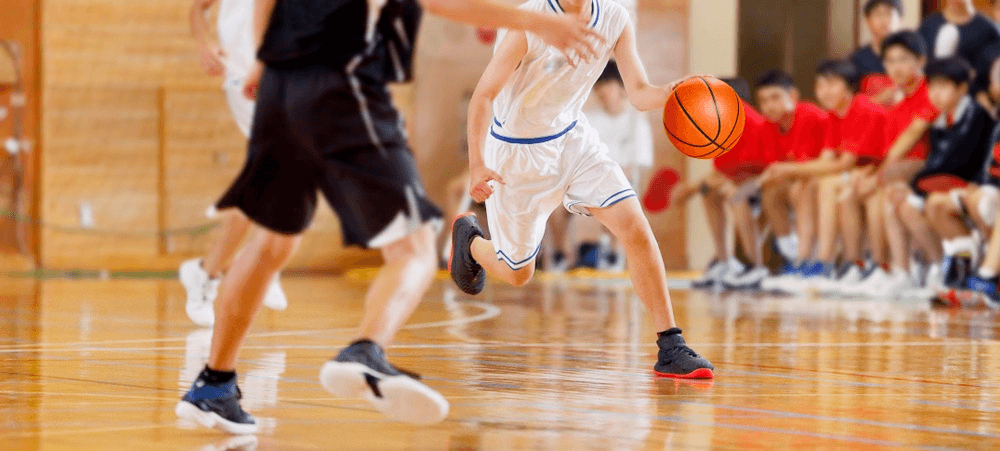
Concussions are common in both non-contact and contact sports. Athletes who hit their head or experience whiplash should stop playing immediately and get an assessment from the team doctor, athletic trainer, or another licensed healthcare professional.
This assessment starts with a quick evaluation for serious signs of injury, including headaches, seizures, or loss of consciousness. If any of these red flags are detected, patients should be transported to the hospital to receive emergency medical care.
If patients are not experiencing any of these symptoms, a more detailed evaluation can be performed either on the sidelines or in the locker room. The most common way to assess athletes for concussion is the Sport Concussion Assessment Tool, 5th Edition (SCAT5). The SCAT5 assesses cognitive functions, such as concentration and memory, and includes a neurological examination to evaluate balance and coordination.
Other possible tests include:
- The Modified Balance Error Scoring System (mBESS)
- Vestibular/ocular motor screening (VOMS)
- Post-Concussion Symptom Scale (PCSS)
- Immediate Post-Concussion Assessment and Cognitive Testing (ImPACT)
Concussed athletes can begin concussion treatment within 48 hours of injury. They can also gradually resume daily cognitive and physical activities and increase the intensity and duration of aerobic exercise over time, ideally under the medical advice and guidance of a healthcare provider who specializes in concussion treatment.
Student athletes need to be cleared by a healthcare professional or a sports medicine specialist before returning to play. For more information about recovery from sport-related concussions, read our post on modern treatment for sports concussions or see the HEADS UP management of concussion resources on the Centers for Disease Control and Prevention (CDC) website.
It’s very important not to return to play (or participate in any other activity with an increased risk of head injury) while the brain heals from a concussion. A second concussion while you’re recovering from the first could result in second impact syndrome (SIS), which can result in serious injury or even death. When you’re recovering from a concussion, your reaction time may be compromised; when in doubt, save the activity for after recovery. Repeated concussions are also a risk factor for persistent post-concussion symptoms.
Treatment at Neural Effects
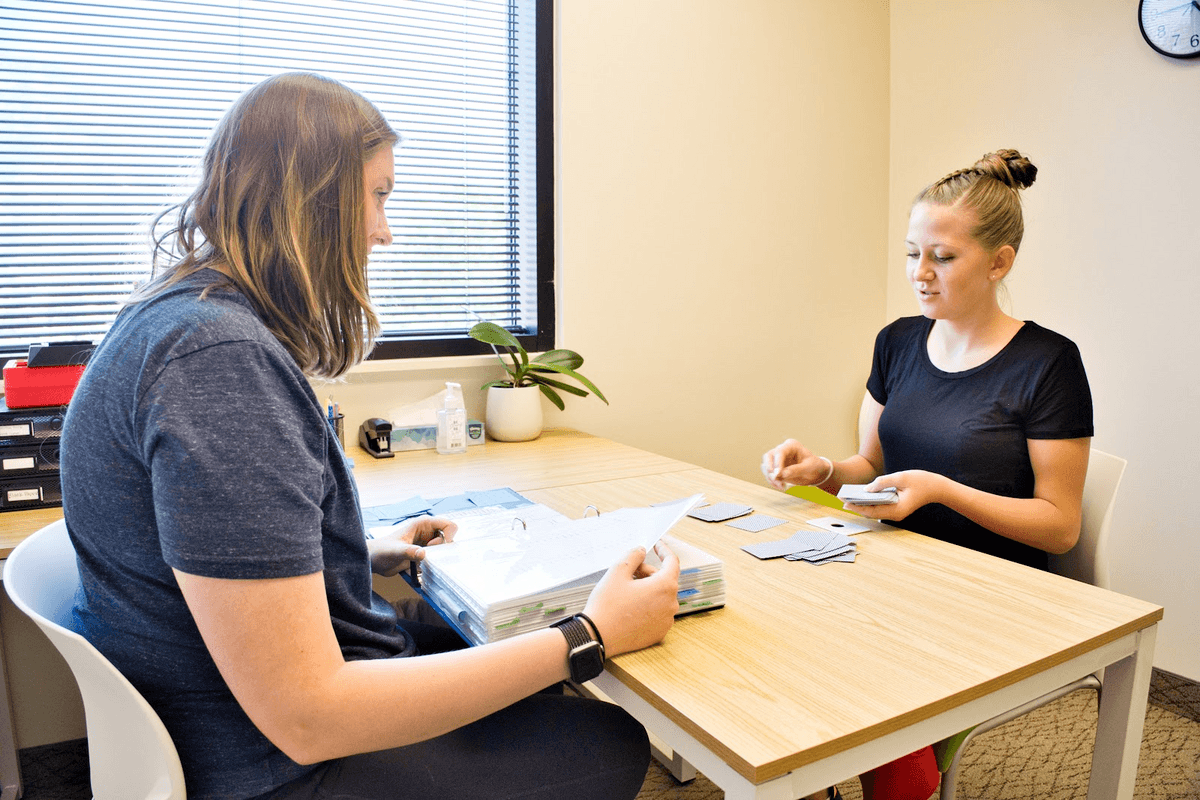
Once the assessment is complete, our therapists design a treatment plan for you. Most patients attend three, one-hour sessions per week for two weeks, but this can be changed according to the specific needs of each patient.
In the past, most doctors recommended staying in a dark room with minimal stimulation until all concussion symptoms disappeared, but recent research shows that patients do not benefit from a rest period longer than 48 hours. In fact, prolonged rest may delay recovery and increase the risk of anxiety and depression.
At Neural Effects, we follow an active rehabilitation process using a variety of therapies combined with physical exercise to maximize your recovery. Using this combination takes advantage of a mechanism called the post-exercise cognitive boost (PECB). Performing physical exercise promotes the release of neurochemicals in the brain, which can enhance the way information is transmitted across brain cells, stimulating learning and memory.
That’s why our sessions start with a controlled amount of cardio exercise, usually on a treadmill or stationary bike. The idea is to increase heart rate to improve blood flow in the brain, especially the areas affected by the injury, without triggering any symptoms. This practice is called exercising at the sub-symptom threshold.
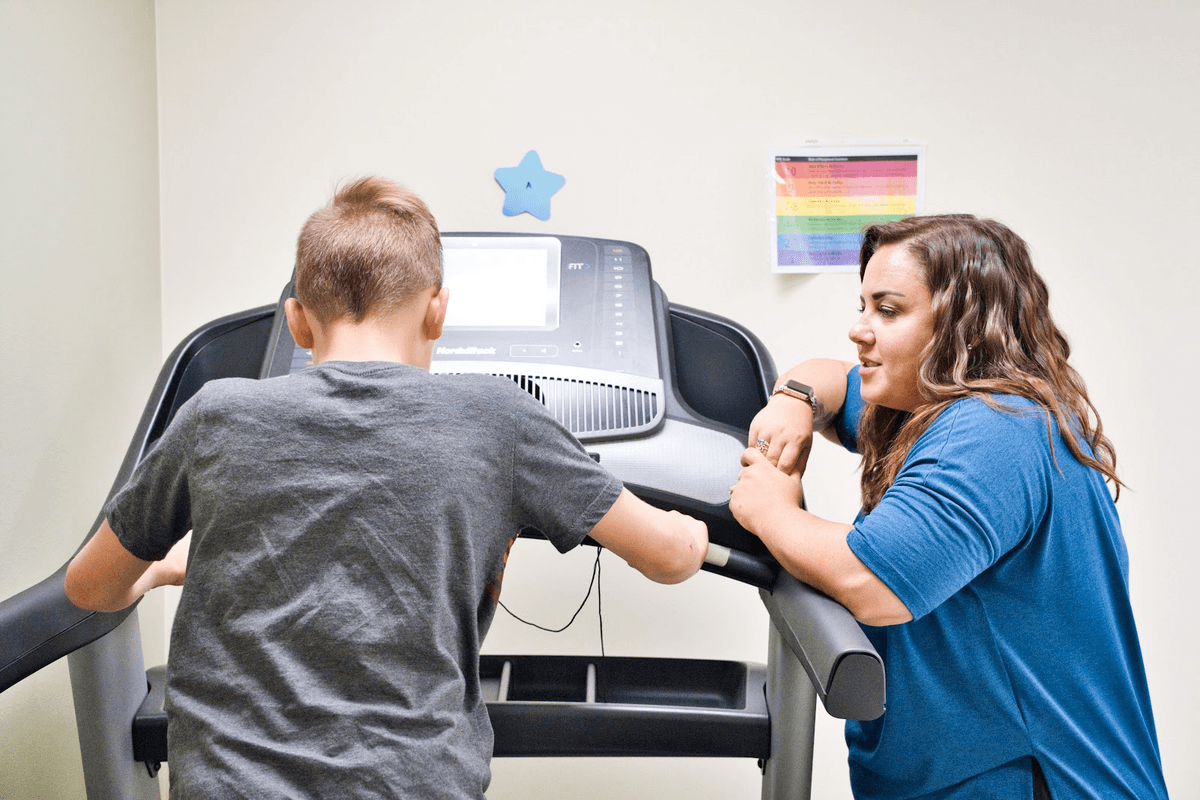
The patients then complete a combination of therapies, including cognitive, vision, and vestibular therapy. For example, to improve their cognitive skills, patients complete a series of games, logic puzzles, and memory activities. Vision therapy addresses symptoms like blurry vision, headaches, and tired eyes. Neuromuscular therapy uses several exercises, such as balancing on a Bosu ball and playing a memory game at the same time, to improve the connection between body and brain.
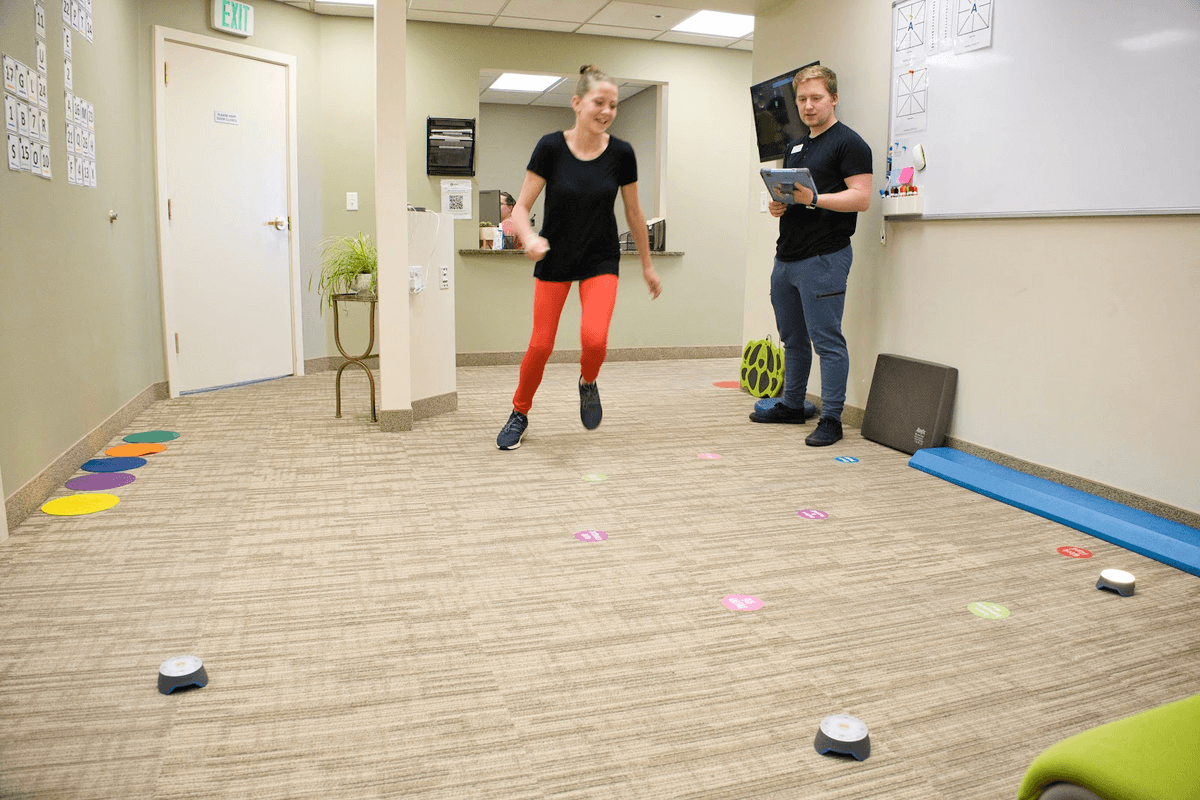
Patients also learn a series of breathing techniques to recover from exercise without triggering symptoms. This is an important part of your recovery, and our therapists want to make sure that you have a variety of techniques to use at home after treatment.
After each session, you’ll get a series of exercises to complete at home, including cardio, cognitive games, and breathing exercises. Doing these activities at home will significantly increase your chances of a full recovery.
If you live in Provo, Salt Lake City, or anywhere else in the Utah Valley area, we can help you recover from your concussion and reduce your chance of long-term symptoms. We are in network for most types of medical insurance. Schedule your evaluation today.
The Future of Concussion Diagnosis
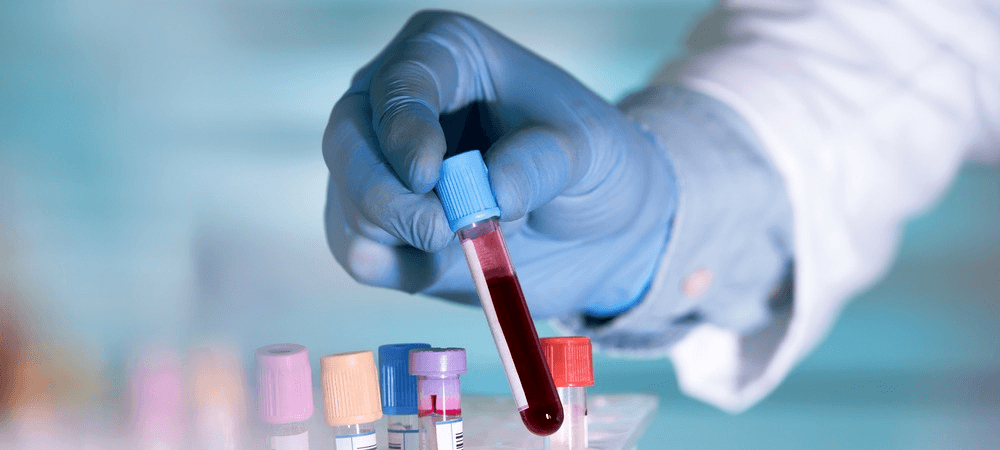
After a brain injury, proteins start leaking from damaged brain cells into the cerebrospinal fluid, then cross the blood-brain barrier to eventually enter the bloodstream. In theory, their presence in the bloodstream should indicate anything from a mild concussion to severe traumatic brain injury.
For decades, scientists have been trying to use the presence of these proteins in the bloodstream to identify concussions, but these attempts have had limited success. But some recent studies are starting to show promising results.
Abbott Laboratories, a global health care company, received FDA approval to market the first quick blood test to aid in the diagnosis of a brain injury. The test analyzes specific proteins that start to accumulate in the blood shortly after an injury. Results should be available within 15 minutes of taking the test.
The researchers believe this test will become standard of care during diagnosis of brain injuries, and will reduce the number of CT scans by up to 40 percent. However, at the moment, it’s more aimed towards serious brain injuries, and its use in concussion detection is limited.
In addition, the test is only reliable for a few hours after an injury, which means it cannot be used to track progress over the days and weeks following the injury. More research is needed to perfect the test to make it useful for concussion diagnosis.
Researchers are also working on a saliva test that can be done immediately after a suspected concussion. For example, a study in the UK involving 156 rugby players who suffered head injuries found that it is possible to detect DNA markers in the saliva that are present within minutes after an injury. Using this approach, the test detected concussions with 94% accuracy.
Although a commercially available test is still years away, the researchers believe it has incredible potential as an accurate, non-invasive, easy to use test suitable in a variety of situations, including sport, military, and road traffic accidents.
Such tests could make an accurate diagnosis possible for many patients who either do not have access to good concussion doctors or who receive inaccurate diagnoses.
If you live in Provo, Salt Lake City, or anywhere else in the Utah Valley area, we can help you recover from your concussion and reduce your chance of long-term symptoms. We are in network for most types of medical insurance. Schedule your evaluation today.
